Sahara India Commercial Corporation: SC stays SAT order lifting Sebi’s attachment directive
The Supreme Court on Friday stayed the order of the Securities Appellate Tribunal (SAT) that had lifted Sebi’s attachment order on Sahara India Commercial Corporation (SICCL) and its directors, including Subrata Roy, subject to the company depositing Rs 2,000 crore with the markets regulator.
This lifting order, according to Sebi, is in contravention of the SC’s 2012 and 2013 orders that had directed Sebi to take all legal remedies, including attachment and sale of properties and freezing of bank accounts, for realisation of Rs 25,781 crore collected by the two Sahara firms – SICCL and Sahara India Real Estate Corporation – from three crore investors with interest in case of default in payment by them.
Also Read: Share Market HIGHLIGHTS: Sensex ends 105 pts up, Nifty at 17833 amid volatility; Infosys, TCS, SBI stocks jump
A bench led by Justice SA Nazeer while staying the SAT’s order also sought response from Sahara India Commercial Corporation, Subrata Roy and others on the Sebi’s appeal against the tribunal’s decision. It also tagged the case with the cases already pending before it.
The SAT in November asked SICCL and then directors, including Subrata Roy, to deposit Rs 2,000 crore with Sebi. Following the deposit of the amount, the attachment order against the company and its directors would be lifted. The fund was to be kept in an escrow account by the market regulator. Besides, the tribunal had also directed SICCL and Sahara India to provide a full inventory of all the assets and properties and details of all the bank accounts in India and abroad, demat accounts and holding of mutual funds/shares /securities (in physical or in demat form) to Sebi within four weeks.
In April last year, Sebi’s recovery officer had issued a demand notice directing SICCL and its then directors to deposit Rs 14,106 crore within 15 days, failing which recovery would be made. As Sahara group company failed to comply with its orders, the recovery officer issued an attachment order in October 2021 directing the banks to attach the accounts and demat accounts of the firms. This was challenged by SICCL before the SAT.
Sahara group has been locked in a prolonged legal battle with Sebi for allegedly breaching norms in raising over Rs 25,000 crore through bonds. Roy and two group directors are out on parole since May 2016, after spending two years in Delhi’s Tihar Jail.
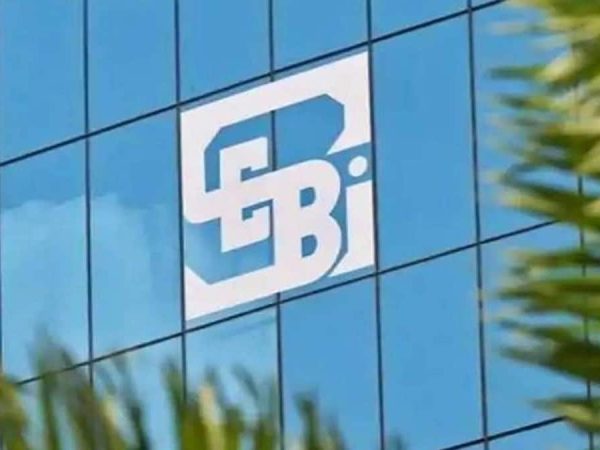

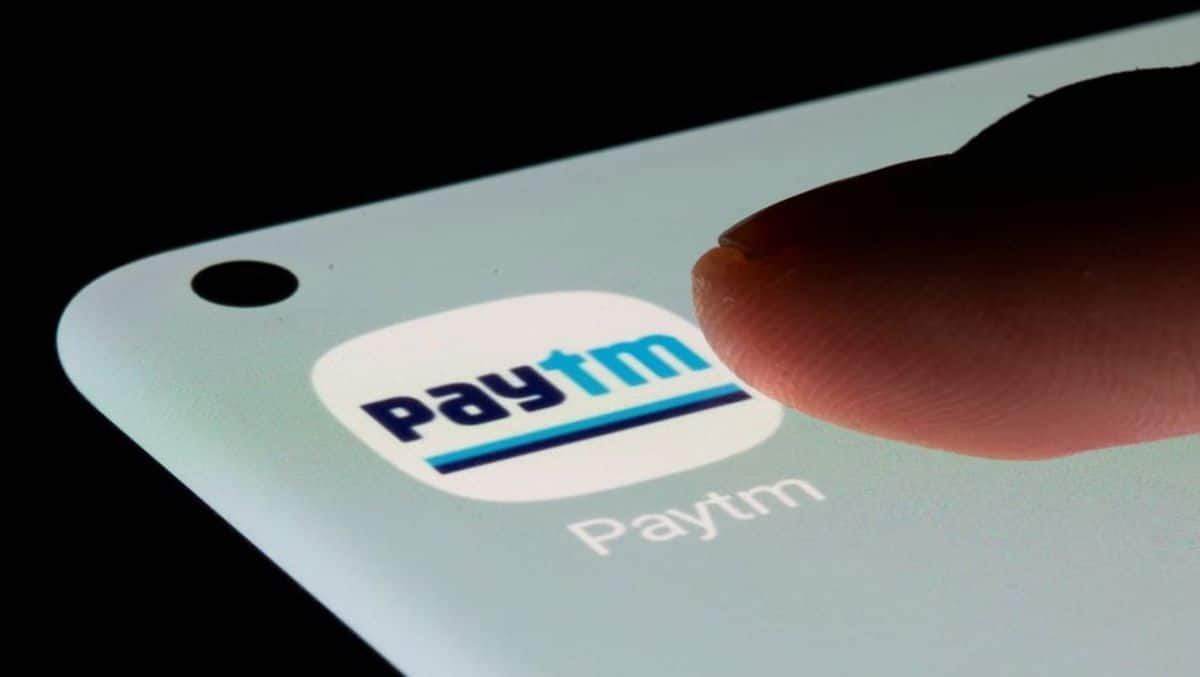
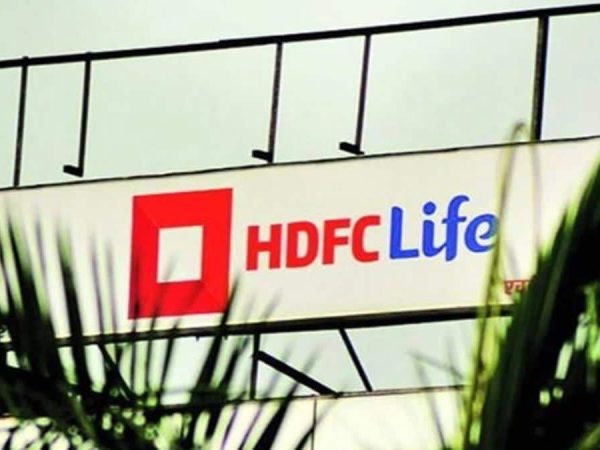



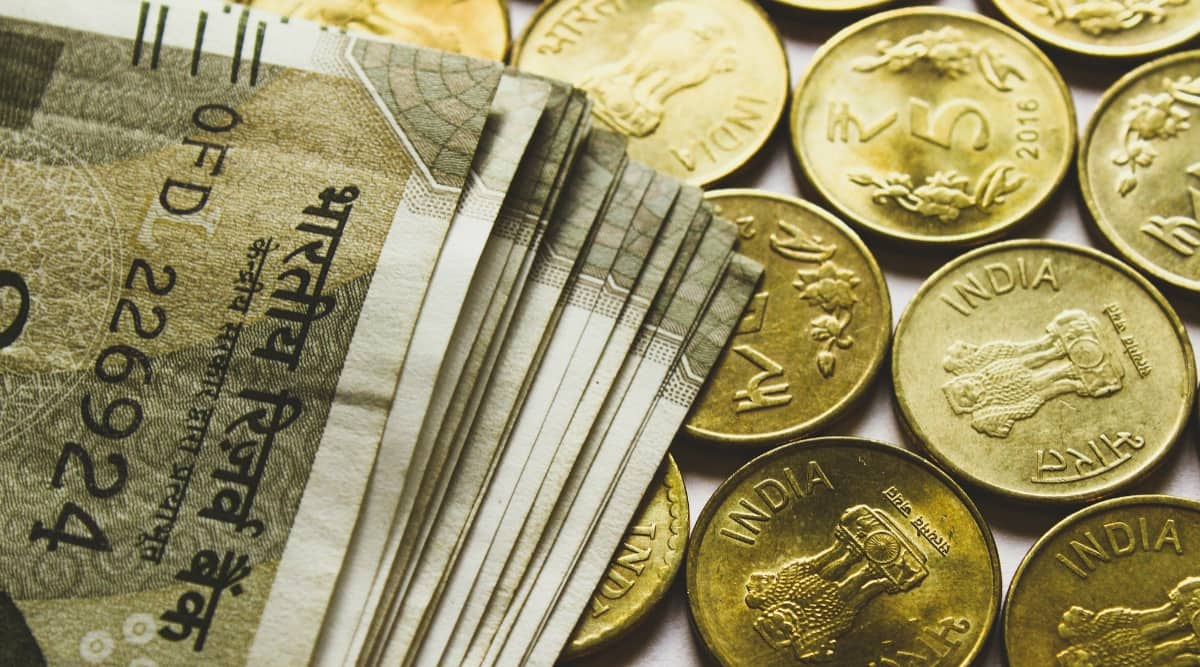



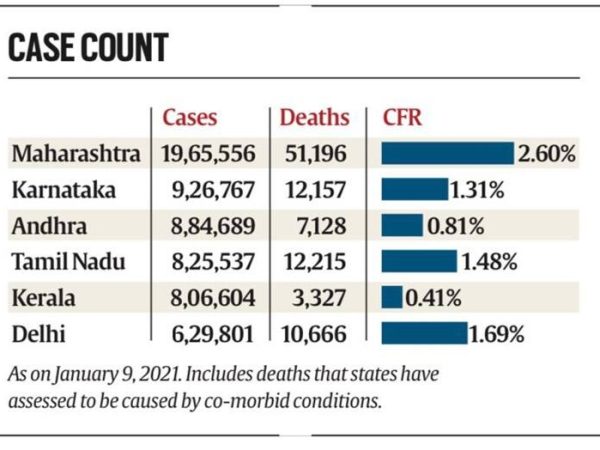
Recent Comments